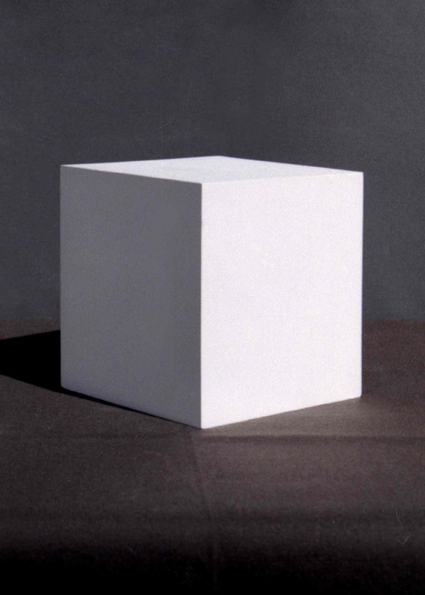You will need
- Calculator
Instruction
1
Basically, there are four types of tasks that you need to find the edge of the cube. This definition of the length of the cube edges of the square faces of a cube, volume of a cube diagonal of the cube face diagonal of the cube. Consider all four options such tasks. (The rest of the task tend to be variations of the above or a task in trigonometry, having a very indirect relation to the subject)
If famous square faces of a cube, find the edge of the cube is very simple. As the face of the cube is a square with a side equal to the edge of the cube, its area equals the square of the cube. Hence the edge length of the cube equals the square root of the square of its faces, ie:
a=√S, where
a - the edge length of the cube
S - square face of the cube.
If famous square faces of a cube, find the edge of the cube is very simple. As the face of the cube is a square with a side equal to the edge of the cube, its area equals the square of the cube. Hence the edge length of the cube equals the square root of the square of its faces, ie:
a=√S, where
a - the edge length of the cube
S - square face of the cube.
2
Finding the face of the cube by its volume even easier. Given that the volume of a cube equals the cube (third-degree) length of the cube, we get that the edge length of the cube equals the cube root (third-degree) from its scope, ie:
a=√V (cube root), where
a - the edge length of the cube
V is the volume of the cube.
a=√V (cube root), where
a - the edge length of the cube
V is the volume of the cube.
3
A little harder to find the length of the edges of the cube according to the known lengths of the diagonals. We denote by:
a - the edge length of the cube;
b - the length of the diagonal of the cube face;
c - the length of the diagonal of the cube.
As can be seen from the figure, the diagonal face and edges of the cube form a rectangular equilateral triangle. Therefore, by the Pythagorean theorem:
a^2+a^2=b^2
(^ - icon exponentiation).
Hence, we find:
a=√(b^2/2)
(to find the edge of the cube to extract the square root of half the square of the diagonal faces).
a - the edge length of the cube;
b - the length of the diagonal of the cube face;
c - the length of the diagonal of the cube.
As can be seen from the figure, the diagonal face and edges of the cube form a rectangular equilateral triangle. Therefore, by the Pythagorean theorem:
a^2+a^2=b^2
(^ - icon exponentiation).
Hence, we find:
a=√(b^2/2)
(to find the edge of the cube to extract the square root of half the square of the diagonal faces).
4
To find the edge of the cube its diagonal, again use a picture. The diagonal of a cube (C) diagonal edge (b) and the edge of the cube (a) form a rectangular triangle. So according to the Pythagorean theorem:
a^2+b^2=c^2.
Use vyshesteblievskoy dependence between a and b and substitute into the formula
b^2=a^2+a^2. Received:
a^2+a^2+a^2=c^2, where we find:
3*a^2=c^2, therefore:
a=√(c^2/3).
a^2+b^2=c^2.
Use vyshesteblievskoy dependence between a and b and substitute into the formula
b^2=a^2+a^2. Received:
a^2+a^2+a^2=c^2, where we find:
3*a^2=c^2, therefore:
a=√(c^2/3).




